Although the nineteenth-century artist Paul Kane (1810–1871) spent extended periods at Hudson’s Bay Company posts, there are no pictorial records of the interior of the forts. As the art historian J. Russell Harper notes, the artist’s panoramic views of the company’s presence in the landscape reinforce the sense of its empire. With its palisades and corner towers, and its situation on a promontory overlooking the North Saskatchewan River, Fort Edmonton must have seemed to Kane the New World equivalent to an Old World castle.

Paul Kane, Fort Edmonton, Hudson’s Bay Company; Plains Cree, Assiniboine, c.1849–56
Oil on canvas, 43 x 71 cm, Royal Ontario Museum, Toronto
Fort Edmonton demonstrates Kane’s use of the picturesque style in which elevated viewpoints and sinuous land formations allow the viewer to “travel” through the image. The river extending into the distance on the left and the path culminating in the fort on the right give the scene two parallel foci. Kane resolves the split focus into a picturesque view by incorporating clouds into the upper left quadrant to create a sweeping “S” that moves the viewer’s eye across the foreground, onto the promontory, creating contact with the horizon and into the sky and distance.
Current understandings of the picturesque often situate it within the framework of an imperialist ideology. If Fort Edmonton is looked at through this lens, then Kane’s recognition of the economic relationship between empire and colony can also be seen in his inclusion of the fort, the teepees, and the river that was so important to the fur trade.
This Spotlight is excerpted from Paul Kane: Life & Work by Arlene Gehmacher.
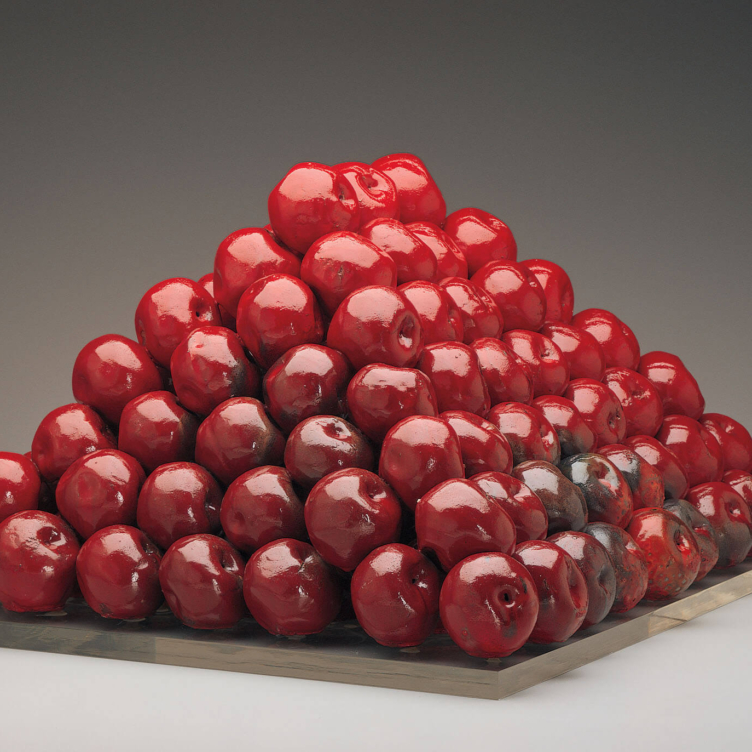 Pyramid Scheme
Pyramid Scheme
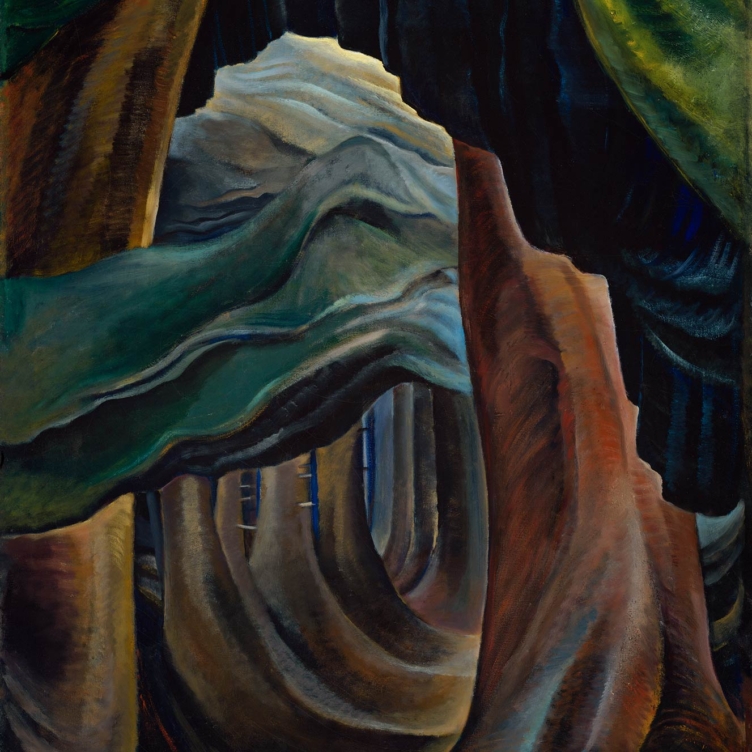 Transportive Trunks
Transportive Trunks
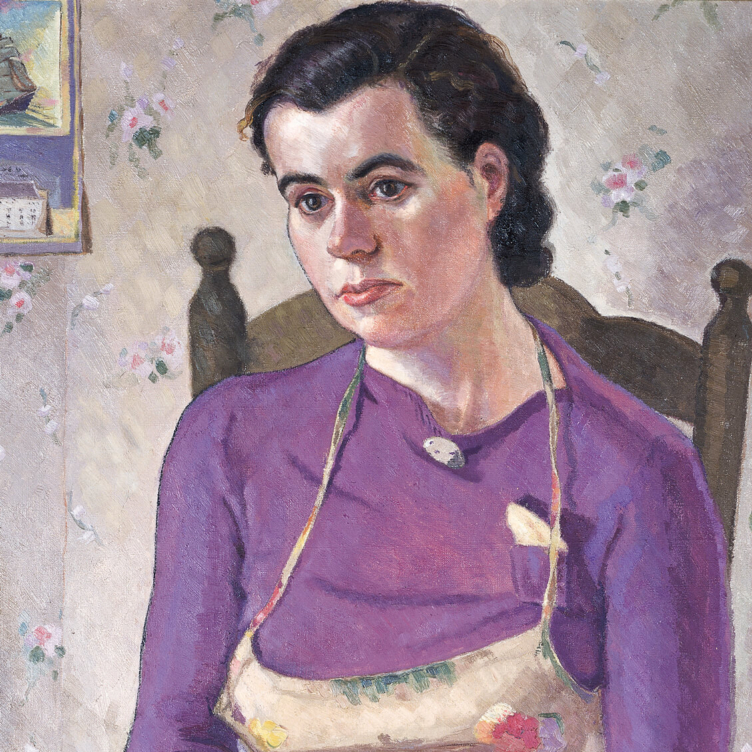 The Military Mate
The Military Mate
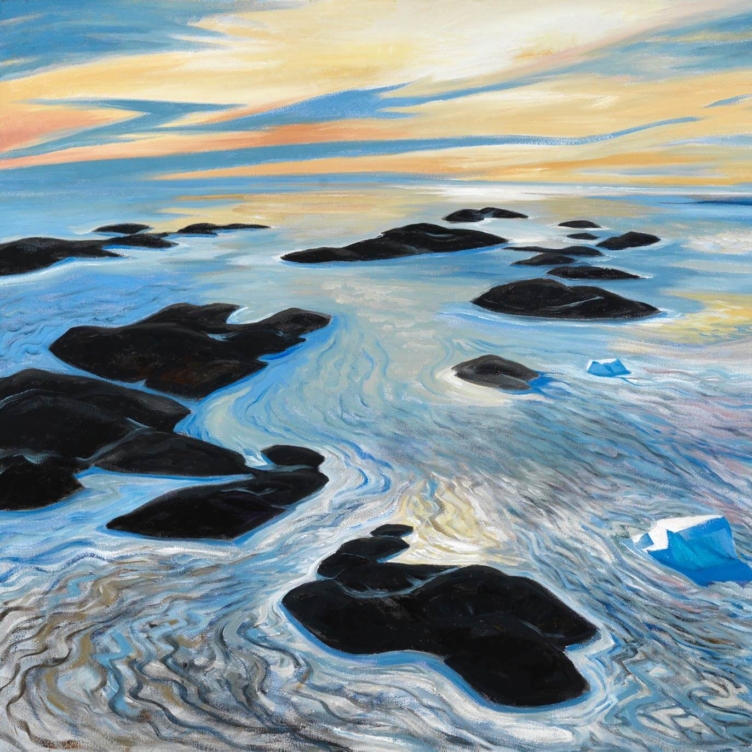 Looking Up on the World
Looking Up on the World
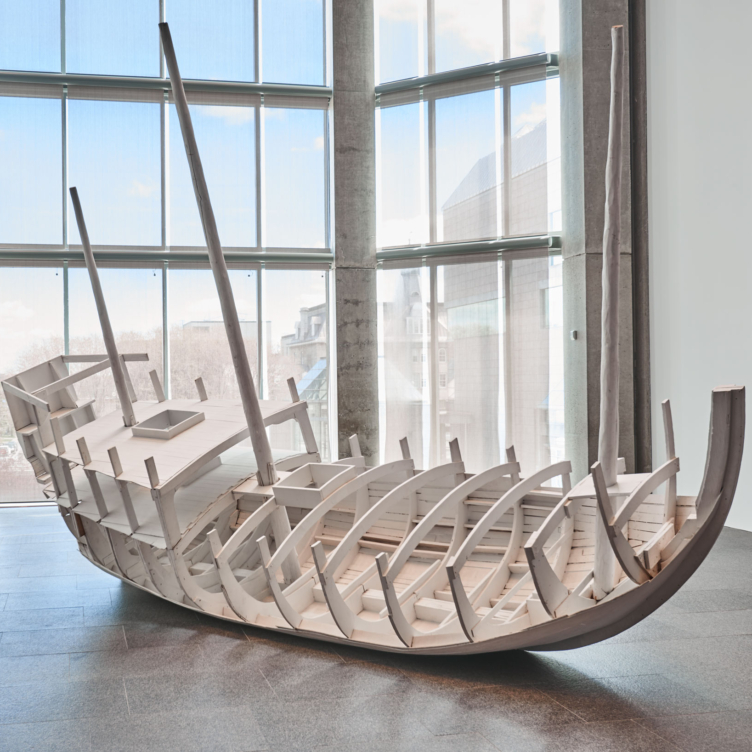 Vessel of Despair
Vessel of Despair
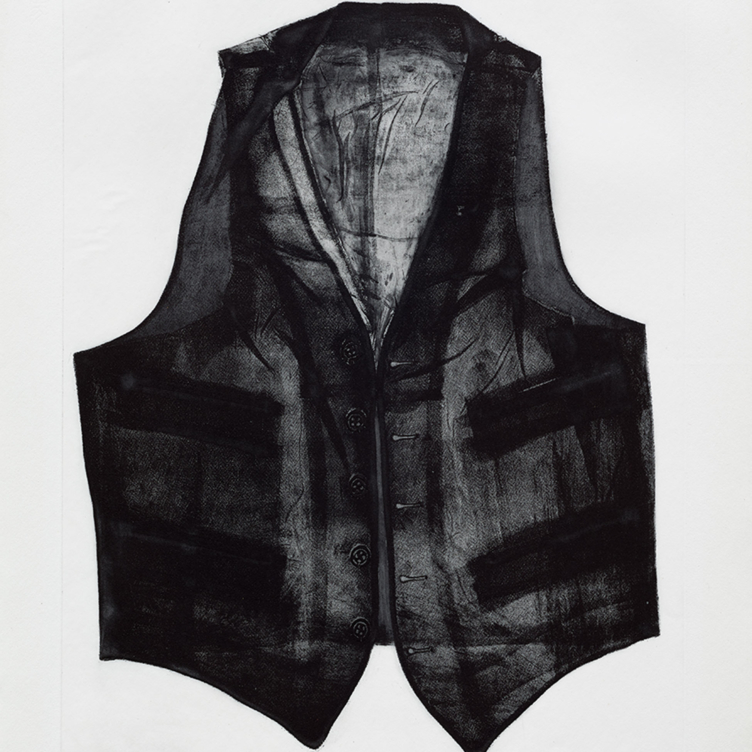 Layers of Meaning
Layers of Meaning
 In Parallel to Nature
In Parallel to Nature
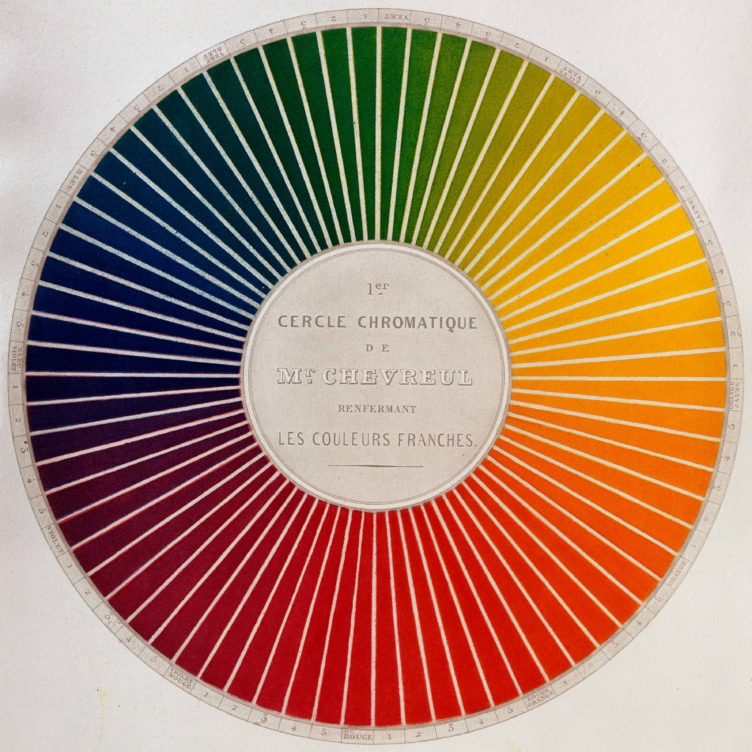 Wheel of Fortune
Wheel of Fortune
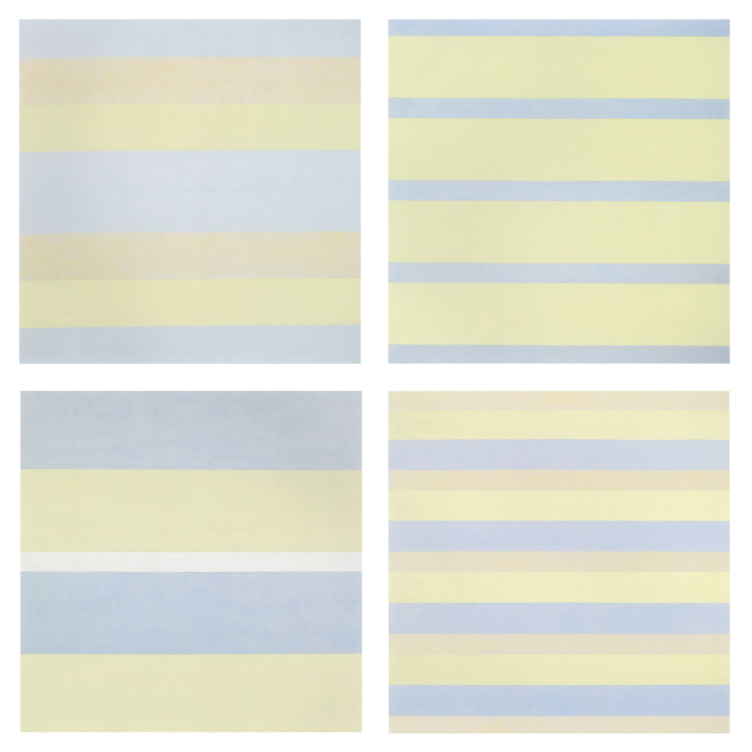 Paintings after emotional states
Paintings after emotional states
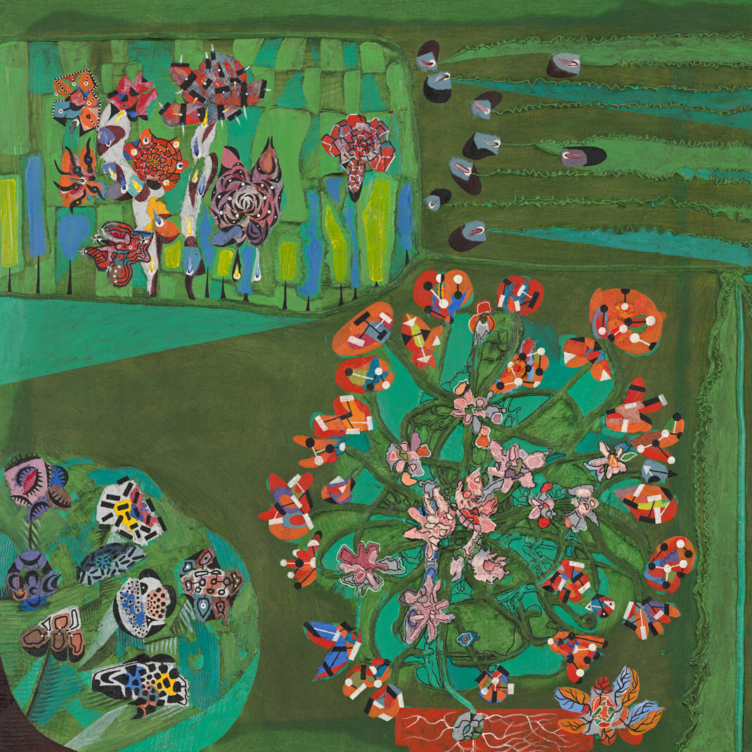 Garden of Delight
Garden of Delight
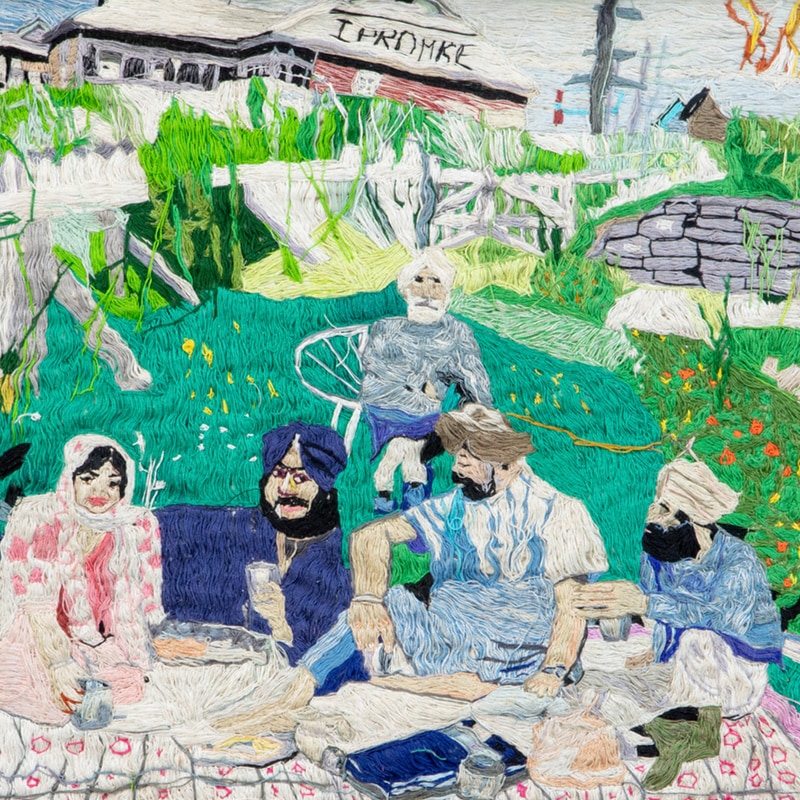 Stitching the Archives
Stitching the Archives
 A Working-Class Hero
A Working-Class Hero
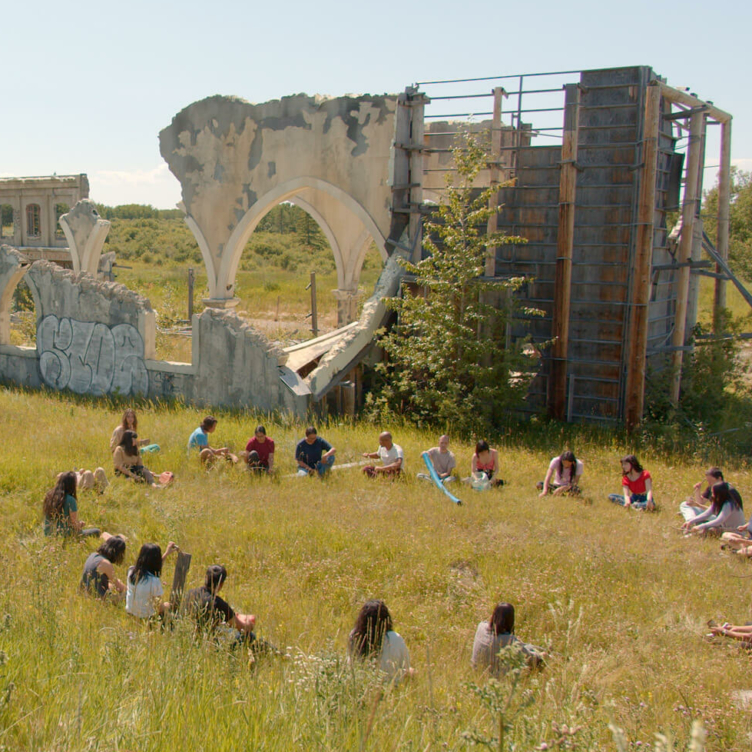 Imagining Entangled Futures
Imagining Entangled Futures
 Bridging Far and Near
Bridging Far and Near
 Soft Power
Soft Power
 Imagining Emancipation
Imagining Emancipation
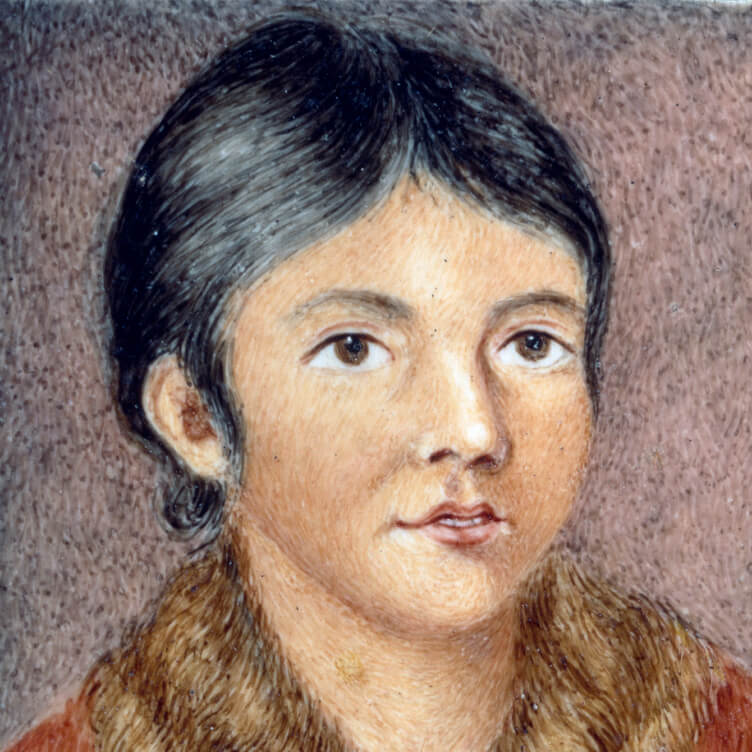 A Priceless Portrait
A Priceless Portrait
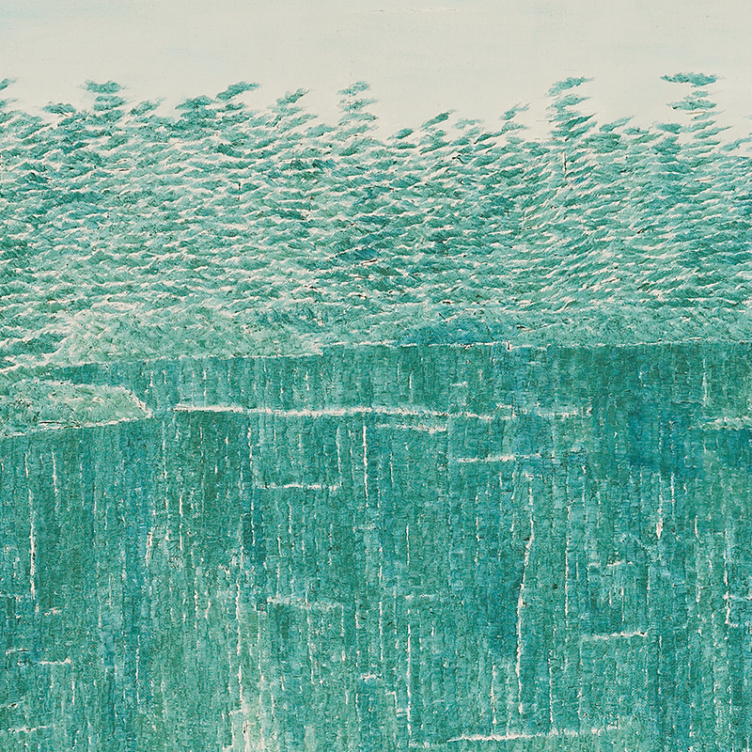 Meditation in Monochrome
Meditation in Monochrome
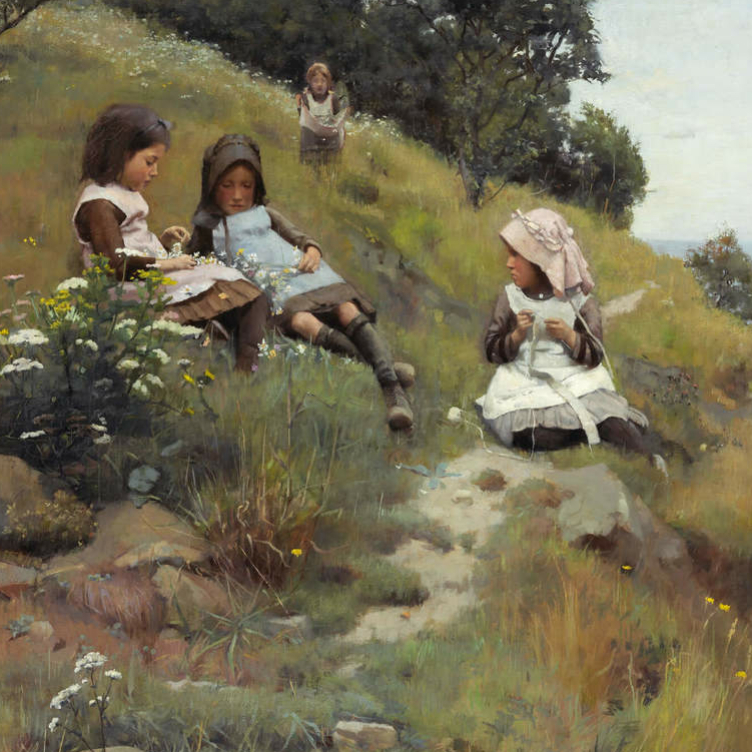 Making His Mark
Making His Mark
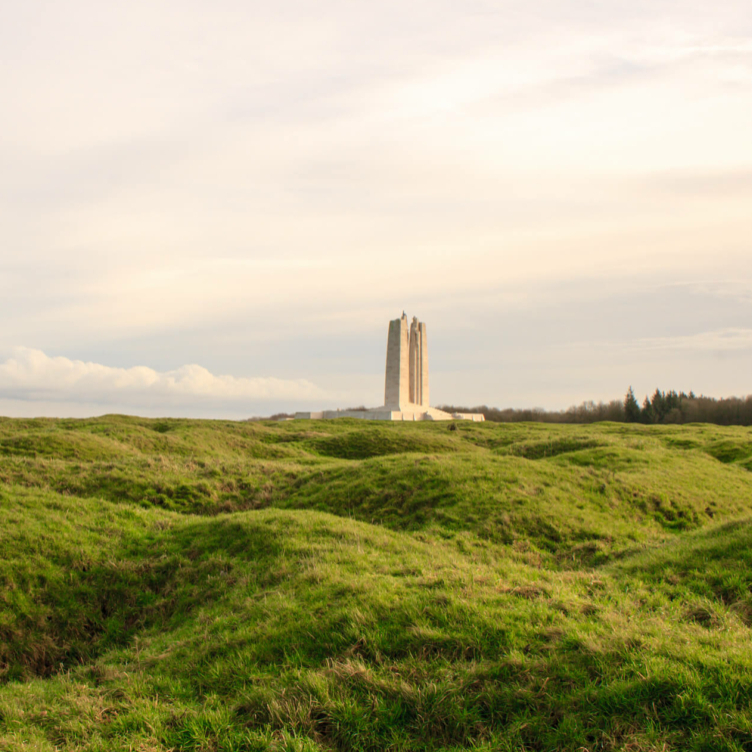 Honour and Sacrifice
Honour and Sacrifice